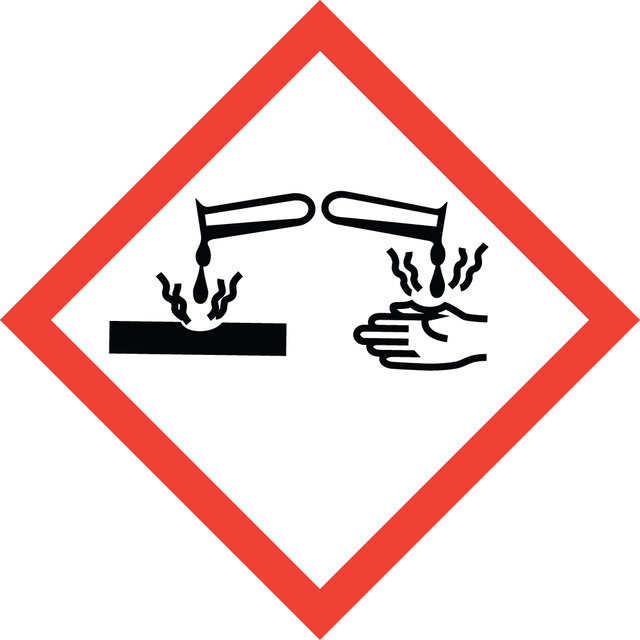Product Name
Poly(3,4-ethylenedioxythiophene)-poly(styrenesulfonate), 2.7 wt % dispersion in H2O
composition
PEDOT content, ~0.14%
PSS content, ~2.6%
Quality Level
concentration
2.7 wt % dispersion in H2O
impurities
<300 ppm Na
particle size
<200 nm, coeff var >95%
pH
1.2-1.8
conductivity
~1E-5 S/cm
viscosity
<20 cP(20 °C)
storage temp.
2-8°C
Looking for similar products? Visit Product Comparison Guide
Related Categories
General description
A conducting polymer such as poly(3,4-ethylenedioxythiophene) doped with poly(styrene sulfonate) anions (PEDOT/PSS) is widely used in various organic optoelectronic devices. PEDOT: PSS is a blend of cationic polythiopene derivative, doped with a polyanion. High electrical conductivity and good oxidation resistance of such polymers make it suitable for electromagnetic shielding and noise suppression. Thus, the polymer film was found to possess high transparency throughout the visible light spectrum and even into near IR and near UV regions, virtually 100% absorption from 900-2,000 nm. No absorption maximum from 400-800 nm. Conductive polymer blend. Impact of small electric and magnetic fields on the polymer was studied.
Poly(3,4-ethylenedioxythiophene)-poly(styrenesulfonate) (PEDOT:PSS) is an intrinsically conducting polymer (ICP) that is prepared by blending poly(3,4-ethylenedioxythiophene) (PEDOT) and sodium poly(styrenesulfonate) (PSS). It is an aqueous emulsion in which PEDOT is positively charged and the PSS is the counter ion (negatively charged). It can act as an anode or a cathode material based on the application. It can be spin-coated on different substrates at 1000-5000 rpm.
Preferably applied by spin-coating. Filtration of the dispersion through a 0.45 μm memberane filter is recommended before use. The coatings are dried at a maximum temperature of 200 °C for 1 minute, but a temperature between 50 °C and 150 °C is usually sufficient. The optimal thickness of the dried layer is in the range of 50-250 nm.
Application
PEDOT:PSS and poly(9-vinylcarbazole) (PVK) can be cross-linked to form a multi-layered organic light emitting diodes. Proton exchange membranes such as Nafion 212 can be coated layer by layer with PEDOT:PSS and poly(allylamine hydrochloride) (PAH).
Useful as an interfacial hole injection layer in OLED and PLED devices to lower operating voltages, increase luminescence efficiency, and enhance display lifetimes.
Virtually 100% absorption from 900-2,000 nm. No absorption maximum from 400-800 nm. Conductive polymer blend.
Features and Benefits
Reduced mean particle size with a tighter distribution of sizes allows for the creation of a smooth surface on the ITO electrode, and so electric "shorts" in LED devices can be reduced. Greatly reduced inherent conductivity reduces the occurrence of "cross-talk" in very small pixel (less than 10 micron) matrix array displays.
Packaging
Packaged in poly bottles
Signal Word
Danger
Hazard Statements
Precautionary Statements
Hazard Classifications
Eye Dam. 1 - Skin Corr. 1
Storage Class Code
8B - Non-combustible corrosive hazardous materials
WGK
WGK 2
Flash Point(F)
Not applicable
Flash Point(C)
Not applicable
Personal Protective Equipment
dust mask type N95 (US), Eyeshields, Gloves
Choose from one of the most recent versions:
Already Own This Product?
Find documentation for the products that you have recently purchased in the Document Library.
Our team of scientists has experience in all areas of research including Life Science, Material Science, Chemical Synthesis, Chromatography, Analytical and many others.
Contact Technical Service